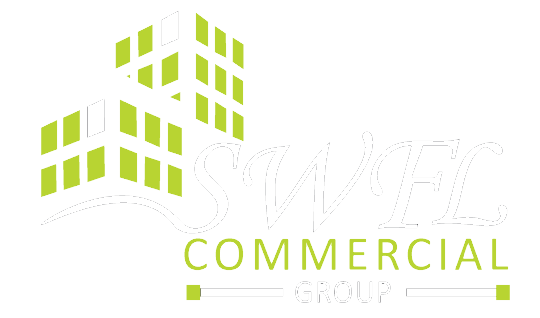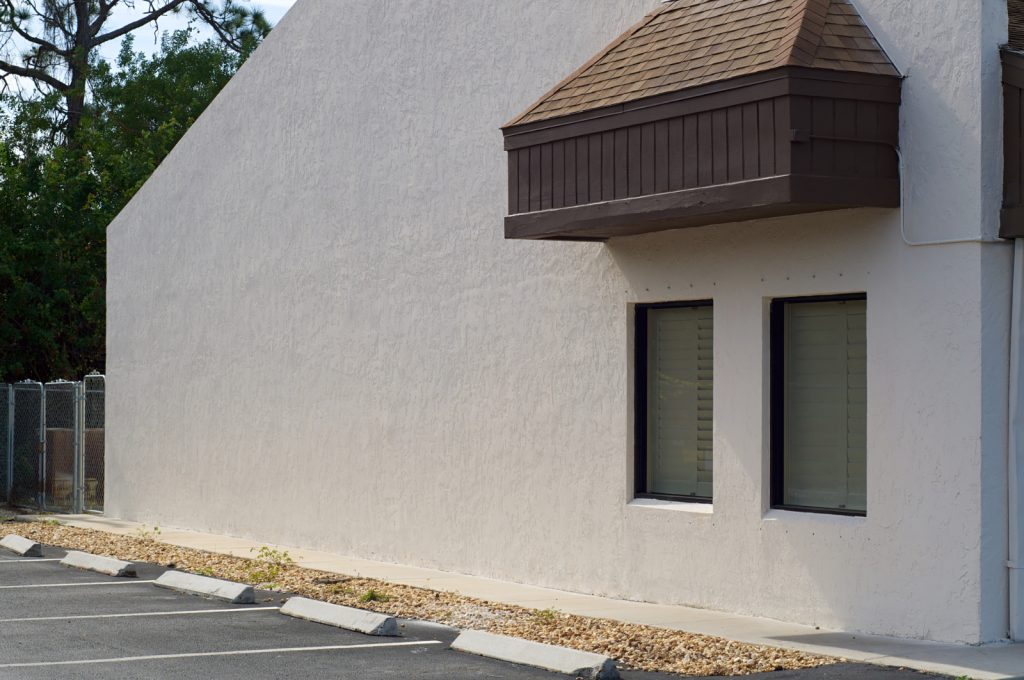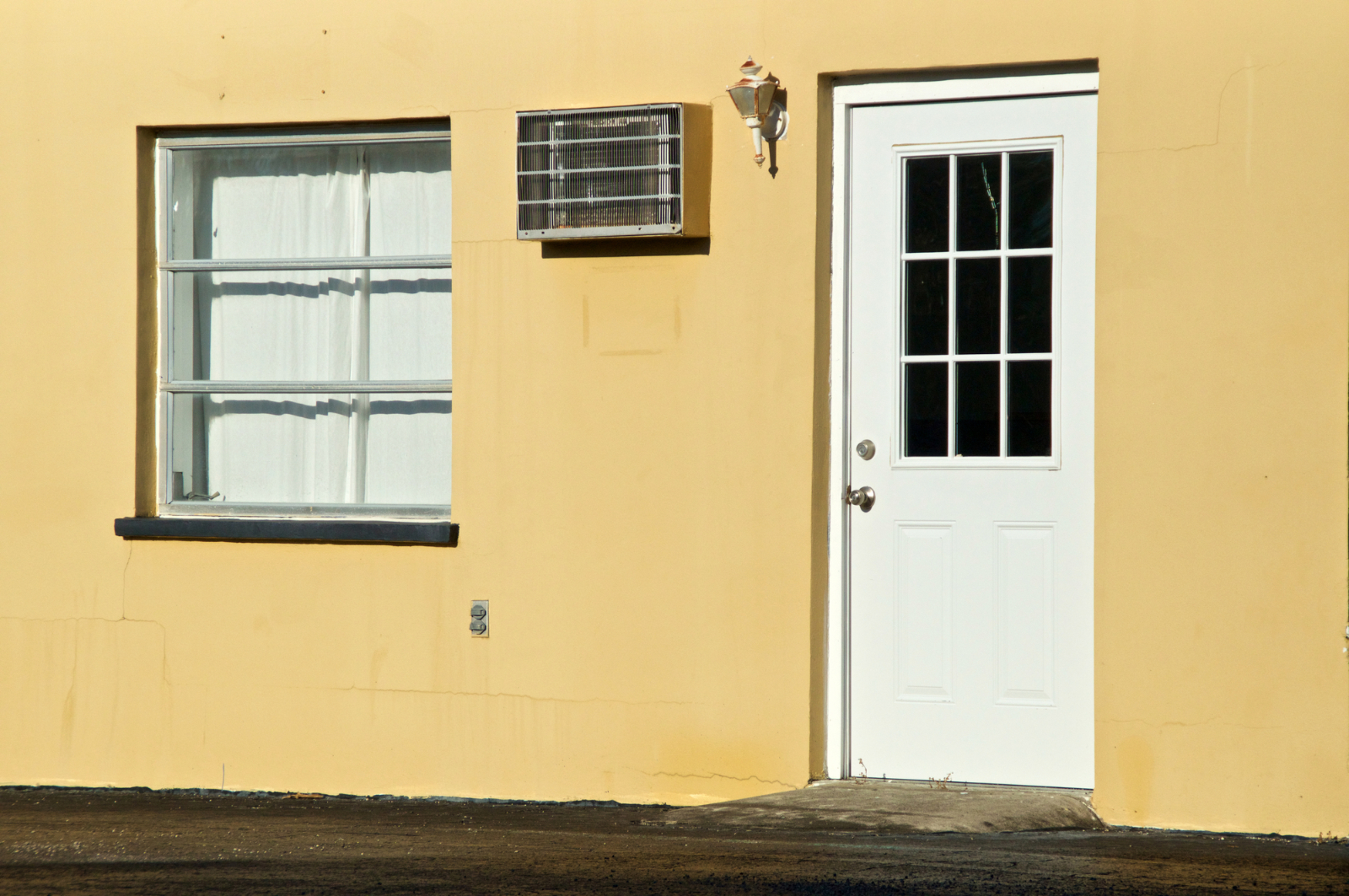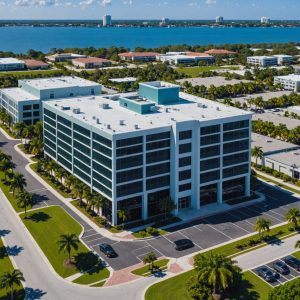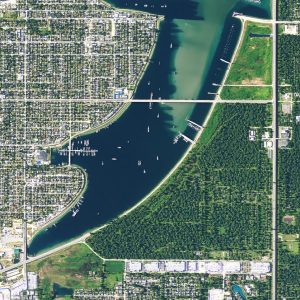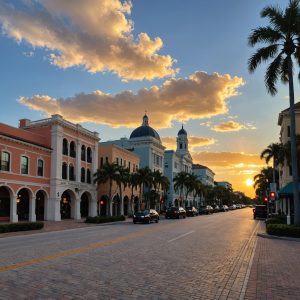Real estate investment profits are typically made over the long term. In addition, the average commercial real estate investment holding duration is between five and ten years. While this may be beneficial to investment gains, it also raises the possibility that specific property components will become obsolete over a period. One of the inherent problems of commercial real estate investing is that market, property kinds, investment goals, and physical conditions are constantly changing. A business property may be able to turn a profit one day and a loss the following day as a result of this shift, whether owing to adjustments in tenant preferences or another source. If something is “obsolete,” it means it has ceased its usefulness or attractiveness due to changing technology, needs, or market preferences.
Types of Commercial Real Estate Obsolescence
1. Economic Obsolescence
When commercial property drops in value due to an outside issue like a shift in traffic patterns, unexplained noises, or the installation of an unattractive real estate such as a sewage water treatment facility, it becomes “economically obsolete.” A property owner usually has no control over economic obsolescence. They may, however, be conscious of it and initiate appropriate measures to prevent it if they see it occurring. You should check city plans before buying in the instance above. Alternatively, you could be aggressive in contacting local authorities to express your disagreement with a proposed amendment before you become informed of it.
2. Functional Obsolescence
When the commercial property decreases in market price because of some aspect of its design and architecture, changes in scope, tastes, or purpose, it can become functionally outdated. Consider office buildings constructed in the 1970s or 1980s to demonstrate this idea. Modern office occupants demand wide spaces, elevated wireless internet access, teleconferencing systems, surveillance, and ecological and power-efficient materials, so if they’re not upgraded, they risk being operationally obsolete. If there is a positive, it is that functional obsolescence is “recoverable,” implying that it can be repaired. A new buyer could get a good deal on a 1970s office block and spend a certain amount of money updating it to modern-day standards. This type of “valuation” activity usually increases the property’s market worth.
It is worth mentioning that “super adequacy” is a type of functional obsolescence. Although it may seem contradictory, it is conceivable to over-improve a quality, which is where the notion of super adequacy comes into play. For instance, if a residential developer bought a property and refurbished it with high-end features in a marketplace that couldn’t sustain them, the property might be labeled “super adequate.”
3. Physical Obsolescence
Commercial property could become physically outmoded when its value drops owing to poor administration or physical neglect, resulting in a situation that is extremely costly to repair. In certain circumstances, the repair costs may be so high that it is more cost-effective to gut rebuild or destroy the structure and start again. Consider the case of a property owner who neglected their property in practically every aspect. A leakage in the roof grew over time, allowing water to penetrate the walls whenever it rained. Mold forms and spreads throughout the whole property as a result of the frequent water leakage. It may also render a building physically outmoded.
The topic of whether physical obsolescence is recoverable is determined based on the cost of repair. It is undoubtedly incurable if the cost is prohibitively expensive or cannot be regained through increased occupation or higher rentals. It could, nevertheless, be quickly remedied if the expense is very low enough.
In conclusion, knowing obsolescence is a crucial part of the review process for investors for two reasons: risk and cost. Moreover, basic and useful types of obsolescence from a risk perspective can aid in determining an investment’s risk profile. This is precisely why an older property is more affordable than a recent one: there is a greater danger of it becoming outdated in some way.
